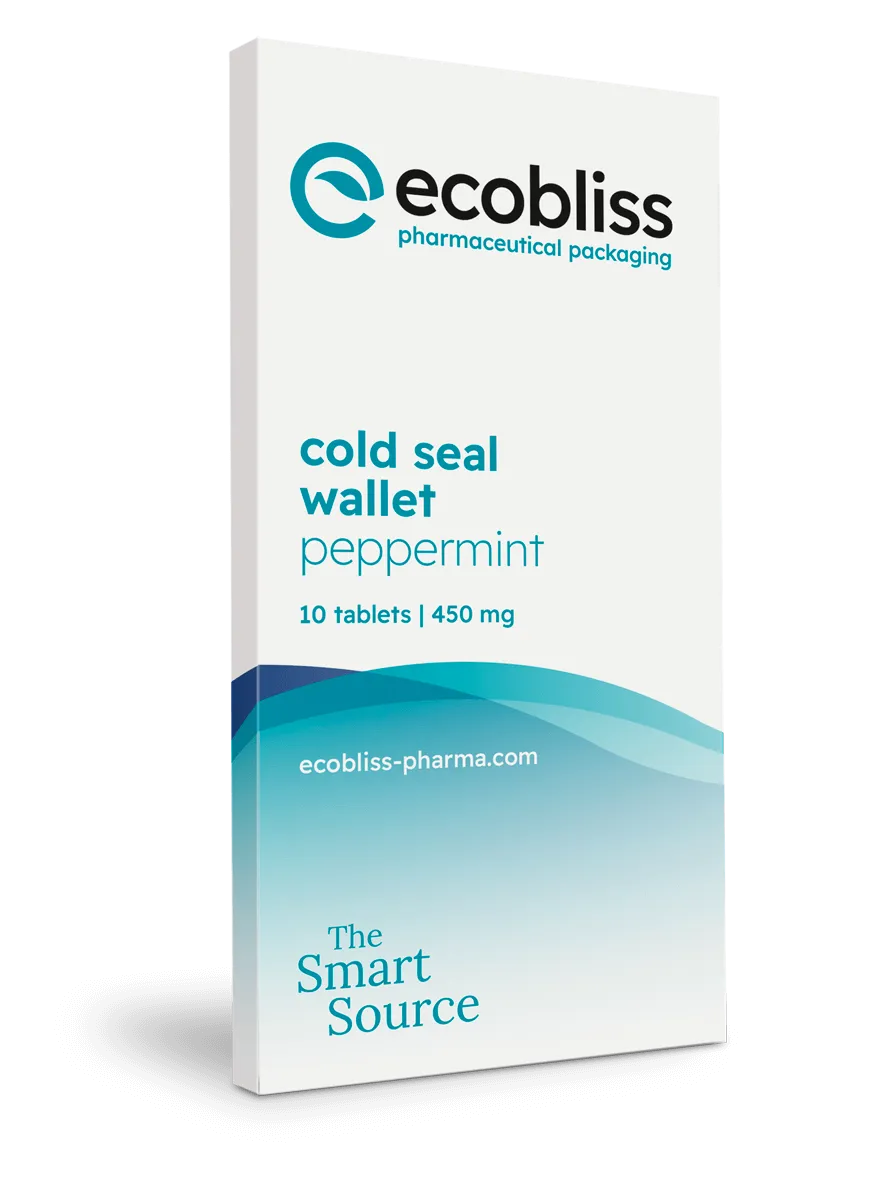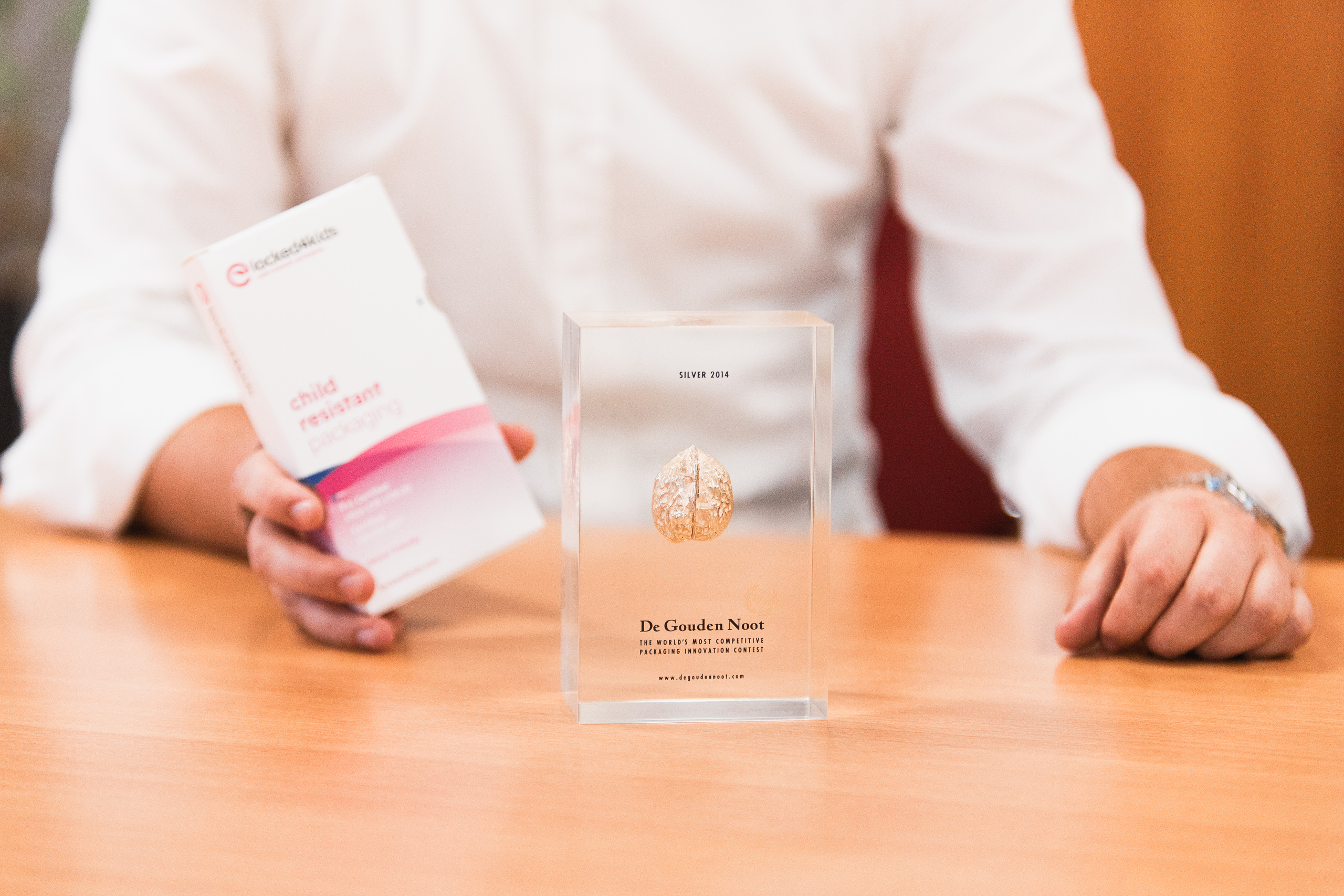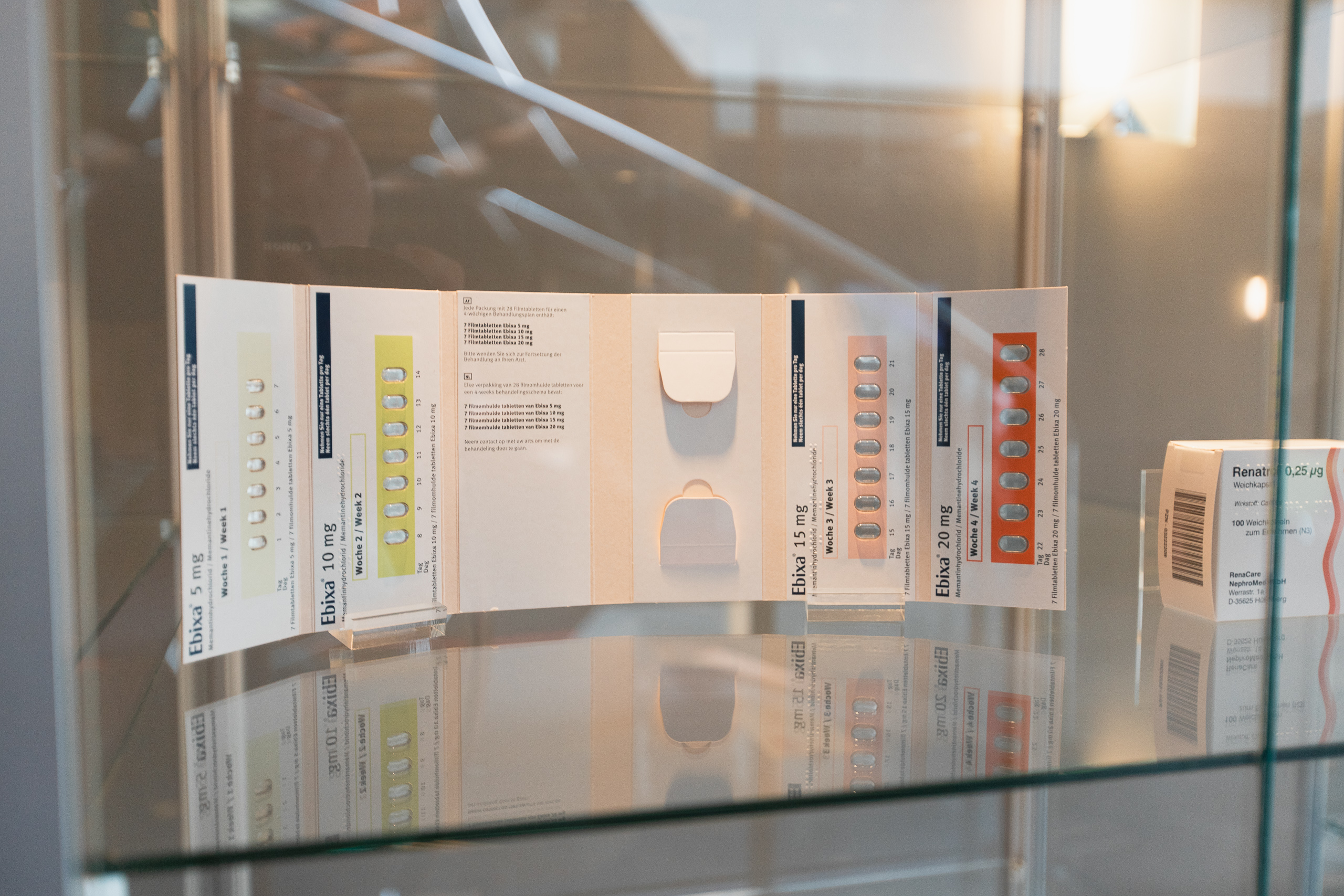Child resistant medicine packaging is designed to stop young children from opening packs that contain dangerous or potent medicine, while still allowing adults and older patients to use them without difficulty. These packs follow strict test rules in different markets to make sure they protect children and support safe daily use. Most child-resistant (CR) packaging in pharma is built into the secondary layer, such as wallets or trays, not the primary bottle or blister.
• Child resistant packaging prevents children from opening the pack but keeps access easy for adults.
• U.S. and EU laws require testing with children and seniors to prove packs are safe.
• CR features in pharma are often part of the secondary packaging, like locking blister wallets or trays.
• Design must balance child safety with usability, requiring clear icons, proper force, and tactile cues.
• CR packaging can also be recyclable using techniques such as mono-materials and cold-seal adhesives.
What does “child resistant” mean in medicine packaging?
A child resistant pack is made to block or delay children under 5 from getting access to medicine. Adults, including seniors, must still be able to open it within a few tries. The aim is to reduce cases where children swallow medicine by accident. This can happen easily at home if packs are not secured correctly.
CR packaging is different from tamper-evident types. Tamper-evident packs show if someone has already opened them. CR packaging works by making it hard for small hands to open the pack at all, even during normal use.
Global standards and test methods
Regulations around the world require that CR packaging must pass testing with both children and seniors. In the U.S., the Poison Prevention Packaging Act (PPPA) applies. It uses a test called 16 CFR 1700.20, where children aged 42 to 51 months try to open the pack under supervision. At the same time, seniors aged 50 to 70 must prove they can open it easily.
In Europe, two standards apply. ISO 8317 covers reclosable packages such as twist-cap bottles or slide wallets. EN 14375 is used for single-use packages like tear-open cards. These standards include similar rules but use different test panels and assessment details.
Choosing the correct protocol is important. A pack that passes in the U.S. might still fail under EU rules if testing is not aligned. We support this with practical child-resistant packaging solutions built to meet both U.S. and EU standards.
Why non-compliance is a serious risk
If a pack does not meet CR rules when required, the product may be recalled or blocked from the market. This can lead to harm for patients, legal fines, and damage to your brand. In one well-known case, a migraine medicine was pulled from shelves because the packaging was too easy to open for children.
To stay compliant, designs must include full documentation. This means signed lab test results, panel test outcomes, and traceable design files. We help teams collect these requirements by planning tests early and aligning them with your market goals.
Typical child resistant medicine packaging formats
CR features in pharma are most often placed in secondary packaging, not the primary container. This may include wallets for blisters, locking cartons, or custom trays that control access through a specific motion.
Common CR packaging formats include:
• Blister wallets using folding paperboard with lock icons and tab mechanisms
• Tray-and-sleeve units with slide or window locks
• Shell packs where pressure points must be pressed before access
• Sleeves with folding flaps to guide correct opening steps
These formats match different use cases. For example, if a therapy has multiple dose levels or long cycle use, the wallet style helps support correct order and timing. See our real-world example of one certified pack for multiple strengths that keeps patients safe and on track.
Key usability goals: safe for children, simple for adults
For a CR pack to be useful, it must block unwanted access but still allow seniors to open it without trouble. We design with real users in mind: what force is needed, which hands are used, and where visual cues go. Icons and colors should help, not confuse. Raised markers or directional arrows help guide correct use.
Features that support usability include:
• Slide-push locks that stop children but are easy for older adults
• Built-in finger guides or ridges near open points
• Icons or label graphics showing how to unlock the dose
We follow a structured design and development process where real people give feedback. This improves the pack before testing or mass production. In this way, usability becomes part of compliance.
Certification and stability testing: proving your pack works
After design, proper testing is key. This means using approved labs and following the right protocol for your target region. If you're targeting the U.S., follow PPPA tests. If you target the EU, use ISO 8317 or EN 14375. Each includes both child and senior test groups. Passing results must be backed by full documents and kept on file.
Stability testing also matters. CR packs must stay functional through hot, cold, or humid conditions. If you change the material after testing, it might void results. That's why we plan with verified tools and controlled changes. To see how a format performs, you can request a sample and try it yourself in normal settings.
Sustainability and CR packaging: finding balance
CR packs often require extra features, but this can raise sustainability concerns. For example, some locking trays use several materials that may not be recyclable. We reduce this impact by designing paperboard wallets with mono-material builds and water-based or cold-seal adhesives.
Cold-seal glue is applied without heat, making it safer for drugs that can be damaged by heat during packaging. Using fewer layers, simple graphics, and precise folds also supports recycling goals. This approach balances patient safety and environmental concerns.
Making the right format and procurement choice
Plan CR features early in development. Starting with “design for test” avoids redesigns later. This approach helps meet test rules from the first prototype. Ask suppliers if they have proven records under ISO 8317 or PPPA, and if they can support faster trials.
Why partner collaboration matters
Success with CR packaging depends on how design, testing, and production work together. A gap in any step can delay your pack or cause failures. Working with a team that handles all steps keeps goals clear. This helps most with small-run or complex therapies that cannot use generic cartons.
We assist in this process by creating test-ready CR designs supported by proper lab records and stability data. This allows better safety outcomes and smoother regulatory movement during clinical or commercial stages.
FAQs
How do I know my pack is truly child-resistant?
The only way to confirm this is by using certified panels or labs. The pack must pass ISO or PPPA tests, and records must be stored showing full test details and approvals.
Can we recycle child-resistant cardboard wallets?
Yes, if the wallet uses a single material like paperboard and a cold-seal adhesive. Avoid mixing with plastics or strong glue layers, as that reduces recyclability.
What is the right test protocol for EU vs US markets?
For reclosable packs sold in the EU, use ISO 8317. For single-use packs in the EU, pick EN 14375. For U.S. products, follow PPPA test 16 CFR 1700.20. Choose based on product use and sales region.
Request a free sample now!









